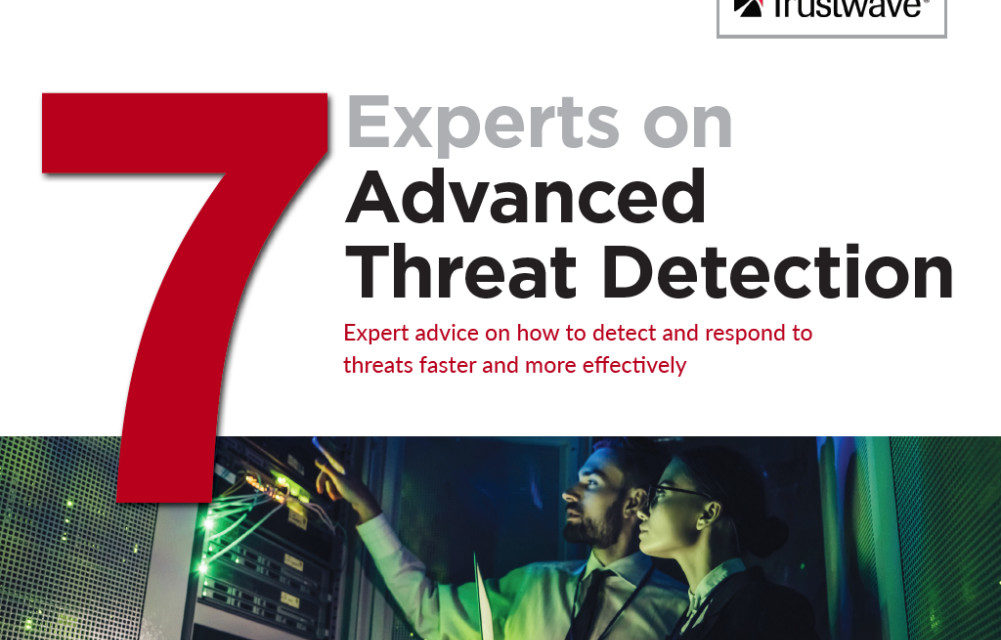The book includes insights from the following experts:
- Lester Godsey, City of Mesa, CISO, Automation Is Key to Improving Detection and Response >>
- Deepak Palakunnath Kunnenkeri, Fuji Xerox Asia Pacific Pte Ltd., Information Security & Audit Manager (RISO), You Need to Consider Security Processes and Technical Controls >>
- Jonathan Levine, Intermedia, CTO, CIO, CISO, Use Technologies and Strategies that Work Within Your Resource Constraints >>
- Dilip Panjwani, Larsen & Toubro Infotech Ltd (LTI), Improving Detection and Response Depends on Multiple Factors >>
- David Billeter, CA Technologies, Chief Information Security Officer, When Improving Detection and Response, Begin at the End >>
- Daniel Schatz, Perform Group, CISO, First You Must Understand Your Threat Landscape >>
- Dave Ruedger, RMS, CISO, You Need to Build a Response Competency Beyond Technology >>
7 Experts on Advanced Threat Detection was generously sponsored by Trustwave.
As the focus of cybersecurity shifts toward early threat detection and response, many organizations wrestle with how best to improve their capabilities in the face of increasingly complex IT environments, growing attack surfaces and a daunting threat landscape.
Security strategists have many decisions to make. They must decide how to prioritize the assets they protect, and how to allocate their limited detection and response resources. At a time when machine learning and automation are playing an increasingly important role in detection and response, how do companies decide what should be automated and what is best left in the hands of humans?
To answer some of these questions, and with generous support from Trustwave, we asked seven security experts the following question:
What advice can you give that would help a business detect and respond to threats faster and more effectively?
As you might expect, answers varied based on the types and sizes of organizations represented by our experts. One interesting theme that comes out in these essays is that it’s not just about the tools. For instance, triggering a rapid response does you little good if you don’t have a detailed response plan in place.
I trust you will find that these essays provide useful and interesting insights from the trenches of a fast-moving, every-changing cybersecurity battle.



